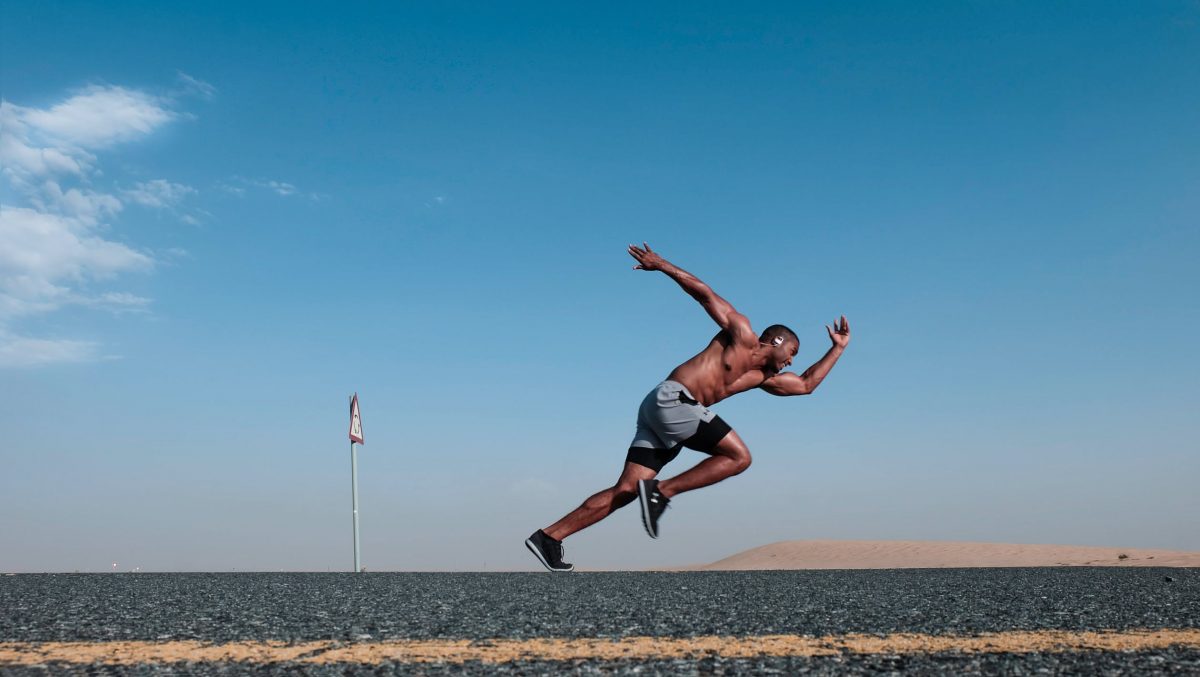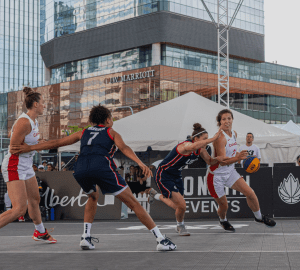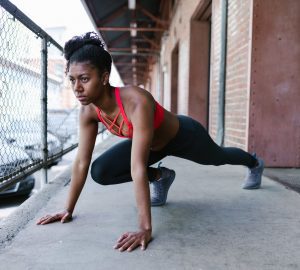Running is not only a fantastic way to stay fit but also a sport that allows you to constantly challenge and improve yourself. Whether you’re a seasoned marathoner aiming for a personal best or a recreational jogger looking to enhance your overall fitness, searching how to improve running speed can be a transformative and rewarding goal. By honing your speed, you not only become a more competitive athlete but also experience the exhilaration of pushing your limits and breaking barriers.
However, improving running speed is not just about lacing up your shoes and running as fast as you can. It requires a strategic approach that involves a combination of training techniques, proper form, and smart lifestyle choices. In this article, we’ll delve into ten highly effective and science-backed tips that will help you boost your running speed and overall performance.
Running faster is not only about achieving a better time; it also contributes to a host of benefits that positively impact your running journey. As you increase your speed, you’ll notice improved cardiovascular endurance, enhanced muscular strength, and increased stamina. Moreover, by fine-tuning your running technique, you’ll minimize the risk of injuries, allowing you to stay on track with your training regimen and enjoy your runs with more confidence and ease.
Embarking on how to improve running speed might seem daunting, but with the right guidance and dedication, you’ll find yourself surpassing your previous limitations and embracing new levels of athletic excellence. Whether you’re an experienced runner or a novice just getting started, these tips are designed to cater to your individual needs and help you make significant strides toward your speed and performance goals.
So, get ready to lace up your running shoes, hit the track, and embark on this exciting journey of self-improvement. Throughout this article, we’ll explore various aspects of training, technique, and lifestyle adjustments that will propel you towards the finish line with greater speed, strength, and confidence. Remember, the key to success lies in consistency, patience, and a willingness to challenge yourself.
As we delve into each tip, keep in mind that every individual’s running journey is unique, and progress may vary from person to person. Embrace the process, celebrate the small victories, and let the joy of running be your constant companion as you strive to reach new heights in your running speed and performance.
1. Warm-Up Thoroughly
Before diving into an intense run, always start with a proper warm-up. Warming up increases blood flow to your muscles, enhances joint flexibility, and prepares your body for the upcoming physical stress. Engage in dynamic stretches, leg swings, and light jogging for at least 10-15 minutes to prime your muscles and reduce the risk of injury.
2. Incorporate Interval Training
Interval training is an excellent method for how to improve running speed. Alternate between short bursts of high-intensity sprints and periods of active recovery. For example, run at maximum effort for 30 seconds, followed by 60 seconds of slow jogging. Repeat this cycle for 8-10 sets. This type of training not only enhances your speed but also boosts your cardiovascular endurance.
3. Focus on Strength Training
A strong body is essential for faster running. Incorporate strength training exercises, such as squats, lunges, and calf raises, into your routine. Building strong leg muscles will give you more power and stability during each stride, leading to improved speed and efficiency.
4. Work on Your Running Form
Efficient running form can significantly impact your speed. Focus on maintaining a tall posture, relaxed shoulders, and a slight forward lean. Keep your arms at a 90-degree angle and swing them back and forth in sync with your stride. Strive for a mid-foot strike to reduce the risk of injuries and maximize energy transfer.
5. Increase Stride Frequency
To run faster, concentrate on increasing your stride frequency (the number of steps you take per minute). Shorter, quicker strides can help you cover more ground in less time and reduce the impact on your joints. Practice cadence drills by using a metronome or specialized apps to gradually increase your stride frequency.
6. Implement Plyometric Exercises
Plyometric exercises, like box jumps and bounding drills, enhance your explosive power and leg speed. These exercises improve your body’s ability to generate force and propel you forward with more velocity. Start with low-intensity plyometrics and gradually progress as your strength improves for how to improve running speed.
7. Get Sufficient Rest and Recovery
Allowing your body ample time to recover is crucial for performance improvement. Overtraining can lead to fatigue and a higher risk of injury. Make sure to incorporate rest days into your training schedule and prioritize getting enough sleep to support muscle repair and overall well-being.
8. Cross-Train Regularly
Engaging in cross-training activities, such as swimming, cycling, or yoga, can complement your running routine. Cross-training helps prevent overuse injuries, strengthens different muscle groups, and provides mental stimulation, ultimately enhancing your running performance.
9. Optimize Your Nutrition
Fueling your body with the right nutrients is vital for peak performance. Prioritize a balanced diet rich in complex carbohydrates, lean proteins, healthy fats, and plenty of fruits and vegetables. Stay hydrated throughout the day and consume a pre-run snack that includes easily digestible carbs for quick energy.
10. Listen to Your Body
Lastly, always listen to your body when looking for how to improve running speed. Pushing yourself too hard without proper rest and recovery can lead to burnout or injuries. If you feel pain or discomfort during your runs, take a step back and allow yourself time to heal before resuming training.
Conclusion
Improving your running speed is a gradual process that requires dedication and consistency. By incorporating these ten tips into your training routine, you’ll be well on your way to running faster and achieving your fitness goals. Remember, progress takes time, so be patient with yourself and celebrate every milestone you achieve along the way. Happy running!








